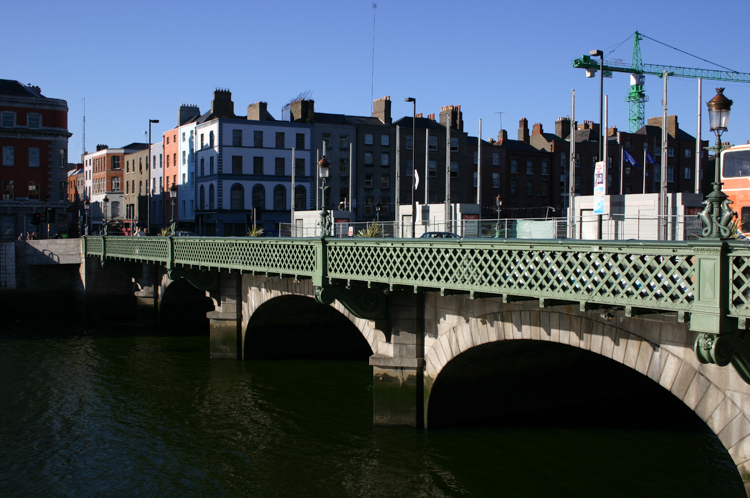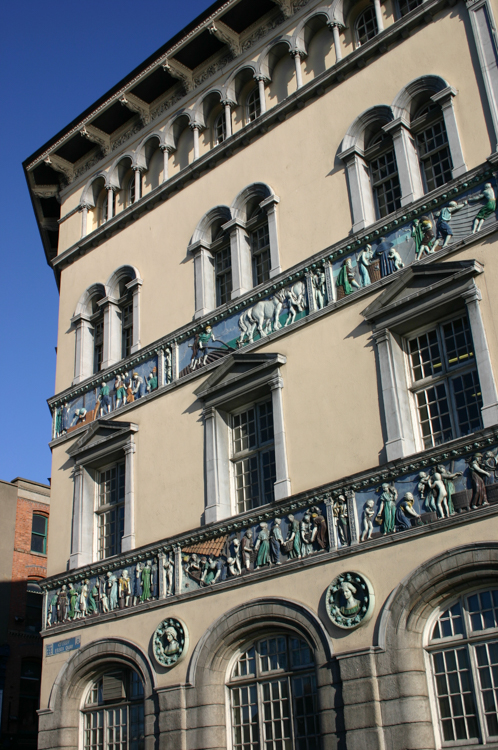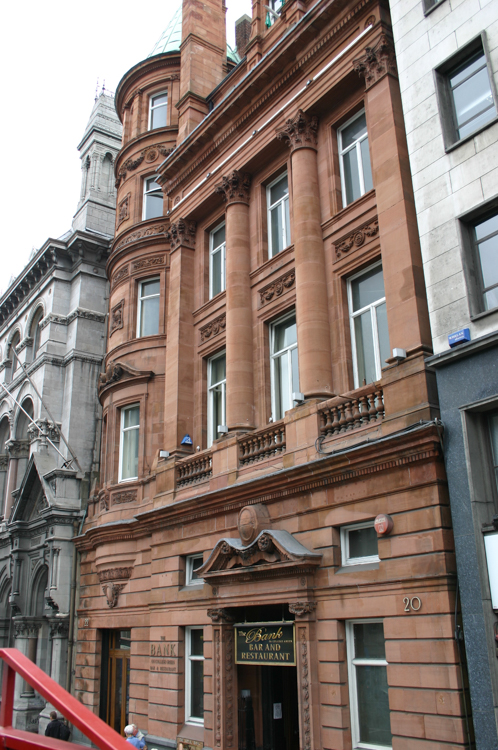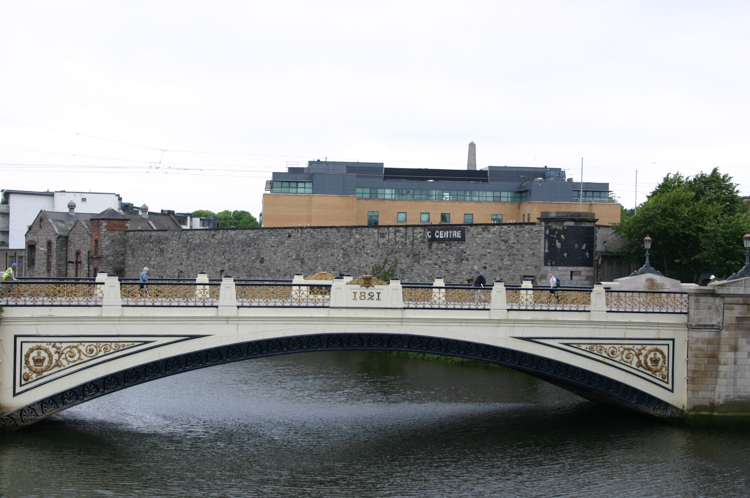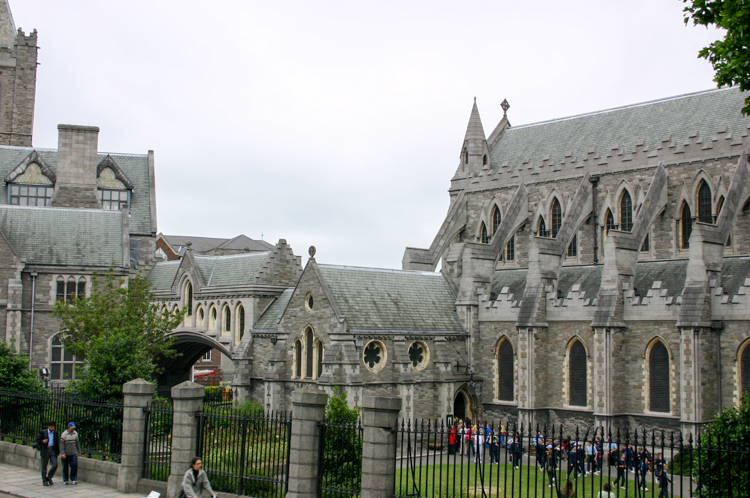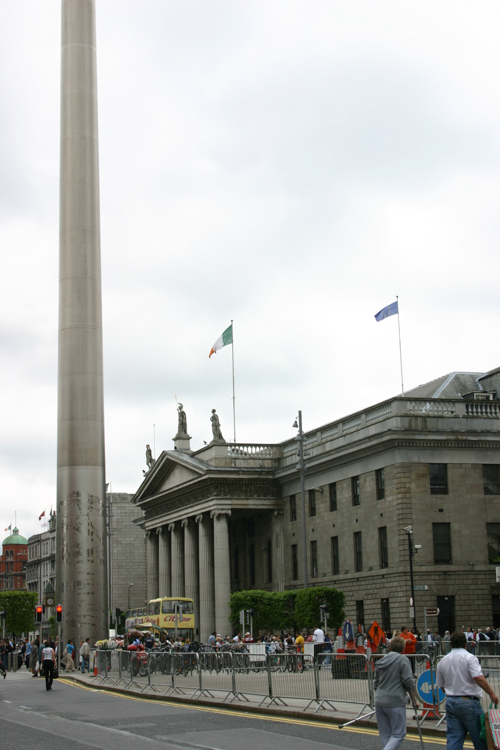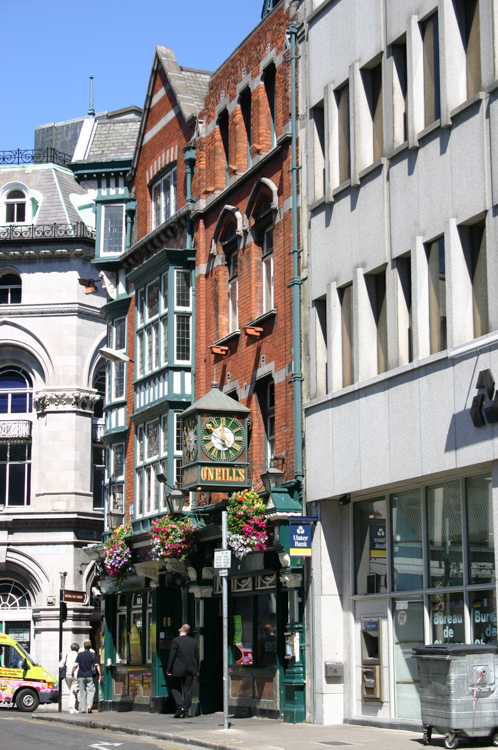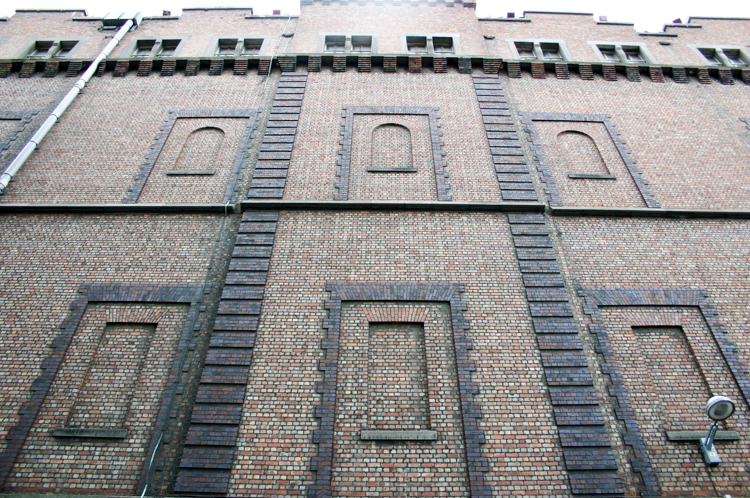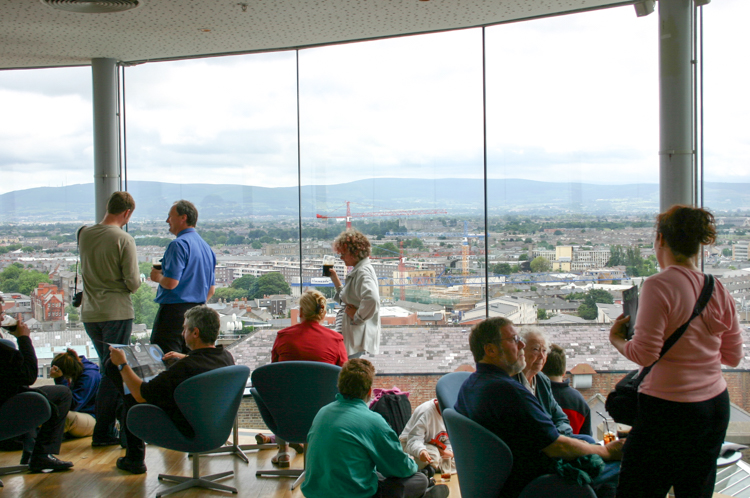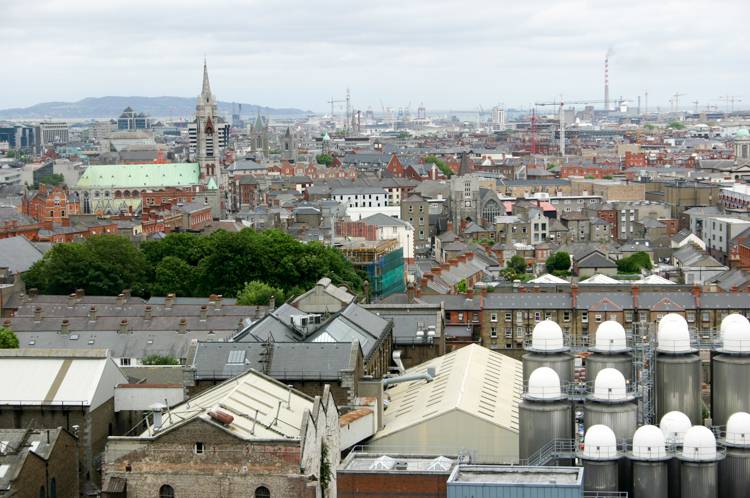On our ninth day trapped in Mooloolaba, we became convinced that the morrow would finally bring an end to the inclement weather. We really, really wanted to get out as soon as possible, but we had to ensure that we reached our destination, the Wide Bay Bar, in the daylight and on the rising tide, while simultaneously managing to cross the Mooloolaba bar in a reasonable depth of water. The numbers worked out to a dusk departure on the following day.
We’d already discovered that there weren’t any quality drinking establishments around (the Sunshine Coast Brewery is good, but sadly out of town), so we decided to celebrate in the Wharf Tavern, which we had judged to be the roughest of the local hostelries. Our radar seemed to be on the nose, for after requesting change for the pool table, we discovered that not only was the table broken, but the barmaid had given us some New Zealand dollar coins which wouldn’t have fitted anyway.
After a few beers in a fishing town, Bronwyn always likes to mix with the trawlermen. For instance, long term readers of these annals will remember Wattie the tuna man in Lakes Entrance, who became a memorable part of our honeymoon when we discovered that the reason that the bar staff were so nervous about him drinking with us was that he had just been released from prison for stabbing the previous landlord. Here in Mooloolaba, Bronwyn was soon deep in conversation with Dave the prawn fisher, who popped off half way through to shoot up some speed, and then began calling up his mates to “sort out” a harmless young student who he had suddenly decided was a gay predator. All very charming. On the other hand, I got chatting to a lovely lass who was celebrating her engagement while simultaneously plotting a career that would get her out of town. More power to your elbow, Emma! Hope to see you again soon, further up the road.
We had all day to recover from our cheap beer hangovers, and lots of time to ferry back and forth with fuel and supplies while preparing the boat for sea. After so long at anchor, it takes quite a while to get everything cleaned up and squirrelled away, but we got it all done and as the sun sank below the horizon we chugged gently past the trawlers and out into the main channel. On the way out, we narrowly missed a bunch of unlit outrigger canoes which were invisible in the darkness, but then we were out in the ocean and free. Goodbye, Mooloolaba.
